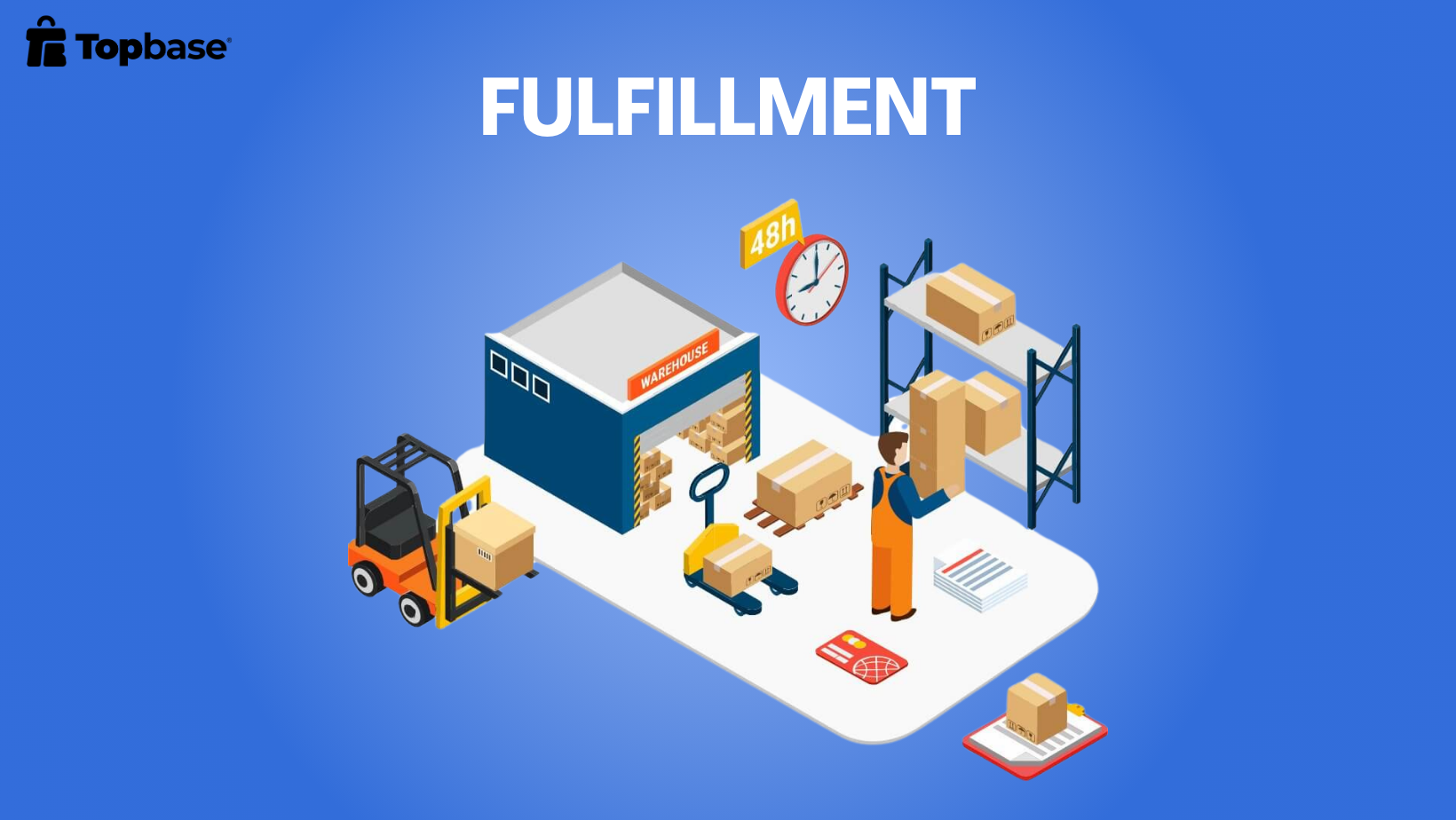Dropshipping from AliExpress is a fantastic way to start an online business with minimal risk, as you don’t have to hold inventory. Order processing is also made easier with the help of the AliDropship plugin. However, at some point, you may encounter issues related to returns and refunds. As you act as an intermediary between customers and suppliers, managing this process can be time-consuming. Nevertheless, with the right approach, you can turn challenges into opportunities and gain loyal customers.
Understanding Your Supplier’s Return and Refund Policies
In dropshipping, customers make purchases from your store, and you forward the orders to suppliers for packaging and delivery to customers. While most customers happily receive their orders and provide positive feedback, there are occasions when they request returns or refunds. It’s crucial to be prepared for such situations, even if you haven’t received any complaints yet. Understanding your supplier’s return and refund policies is essential.
Choosing your supplier carefully is crucial in dropshipping. Once you’ve found an ideal supplier, take the time to thoroughly research their return and refund policies to establish your own. Here are some key points to check:
- Under what circumstances does your supplier accept returns?
- How long after the sale can a product be returned?
- Do they charge return shipping fees?
- What is their overall return process?
- Do they accept returns for incorrectly placed orders?
Once you have thoroughly reviewed their policies, it’s time to move on to the next step.
Establishing Your Own Return and Refund Policy
If you haven’t created a return and refund policy for your dropshipping store, now is the time to start. Create a dedicated page for your Return Policy on your store and list key points on the Frequently Asked Questions (FAQs) page.
This helps build trust with potential buyers. While creating your policy, try to make it align with your supplier’s policy as much as possible. Additionally, mention all details clearly to avoid any misunderstandings in the future.
For instance, consider the following:
- If your supplier’s return policy is within 30 days, you might set yours slightly shorter, say 20-25 days, to provide extra time for potential delays in shipping or return handling.
- Clearly state the reasons for accepting returns. Even if your supplier is flexible, you don’t have to be overly lenient. For example, you might state, “Only accept returns for items sent incorrectly or damaged,” making your handling of returns explicit in your dropshipping store’s policy.
- Keep in mind that, as a dropshipper, you don’t have a physical office, so avoid providing a return address on your website. Instead, share an email and request customers to contact you directly. Depending on the issue, you may decide to provide either your address or your supplier’s.
Tip: If you want to handle returns yourself, provide customers with a P.O. Box address. This way, your personal information remains private.
Common Reasons for Returns and Refunds
Product Doesn’t Match the Description on the Website
One of the most common reasons for returns is when the received item doesn’t match the description. Whether it’s due to an error on your part or the supplier’s, it’s crucial to take responsibility and rectify the mistake.
Start by sending an apology email to the customer and contacting your supplier. Request a Return Merchandise Authorization (RMA) and either a replacement or a refund, depending on your customer’s preference.
Your responsibility is to ensure the customer is satisfied, and you should go the extra mile, even if it costs you a few dollars. Offering a replacement or a refund for shipping fees on the replacement item will be appreciated by the customer and can lead to repeat business.
Product is Damaged or Defective

If you encounter damaged or defective products, streamline the return process for the customer. Don’t forget to reimburse the customer for the return shipping cost.
Product Doesn’t Fit or Customer Ordered the Wrong Size
Another common reason for returns is incorrect sizing. Check with your supplier to see if they accept returns, and then contact the customer. In this case, the customer is at fault. However, for low-cost items under $5, you might send a replacement and ask the customer to keep the wrongly ordered item.
While this might cost you a few extra dollars, it could turn an unhappy customer into a loyal one who may shop with you again.
Actual Returns and Refund Process
The practical process would unfold as follows:
- Customer requests a return.
- After analyzing the reason for the return, contact your supplier for an RMA and a replacement item or a refund, as per the customer’s preference.
- Send an apology email to the customer, including the RMA number and return address. They will then ship the item to you or the supplier.
Note: Encourage customers to provide a tracking number if they are covering the return shipping cost. Additionally, for the first time dealing with a return, consider being directly involved and ask the customer to ship the product to you.
- Upon receiving the product, assess for any issues, damages, or other reasons. Take photos for documentation and send the information to your supplier. If the supplier is handling the return directly, maintain communication with them.
Tip: Be polite with your supplier. Remember, they are your business partners, and being rude won’t make your customer happy. Always show respect to your supplier while dealing with orders or returns.
- Confirm when the supplier receives the product and request a replacement or a refund.
- The supplier initiates shipping for the replacement or processes the refund.
- Your customer receives the new product or you receive the refunded amount.
Expert Advice: When customers insist on a refund, consider offering them a similar product for free or a discount voucher for future purchases. This can leave a long-lasting positive impression and build trust in your dropshipping store.
Tips for Handling Returns and Refunds
Take Responsibility
In dropshipping, where you don’t handle inventory or shipping, customers may not be aware of this. When facing a return request, always take responsibility. Avoid blaming the supplier, as customers will perceive it as an attempt to evade responsibility.
Even if the supplier is at fault, accept the mistake as yours and collaborate with the supplier to provide the best solution for consumers.

Offer Additional Benefits to Customers
Customers seeking returns want a fair and prompt resolution. While you work to resolve their issue, consider providing some small benefits that can leave a lasting impact:
- Provide a higher-value product without additional cost. (Ensure the item is available at your supplier before committing to the customer).
- Offer an exclusive discount voucher for their next purchase.
- Suggest covering the return shipping fee for customers.
Although these may be relatively small actions for you, they can be significant for your customers, building trust and loyalty to your dropshipping store.
Handle Issues with Patience and Respect
This is crucial. When issues arise, avoid magnifying them or becoming rude to your supplier. Patiently work through the problems, showing respect to your supplier. This not only strengthens your current relationship with them but also provides a quick solution for your customer.
However, if your supplier continues to send incorrect or defective products, it might be time to sever ties with them and find a more reliable supplier to maintain the reputation of your online store.
Some Products May Not Require Customers to Return
For certain products, returning them might incur higher costs than shipping a replacement. For example, if a customer purchased a $5 ring that doesn’t fit, and they want to return it, sending a replacement and asking them to keep the wrongly ordered item might be more straightforward.
This approach is often easier than dealing with the entire return process. Moreover, this small gesture can turn an initially dissatisfied customer into a loyal one.
Conclusion
Facing a return request for the first time in dropshipping can be perplexing, but it’s just a part of business operations. It can turn into an opportunity to impress customers with exceptional support and timely solutions. Remember that your customers should be your top priority, and working collaboratively with your supplier to provide swift solutions and efforts to satisfy customers is crucial.




